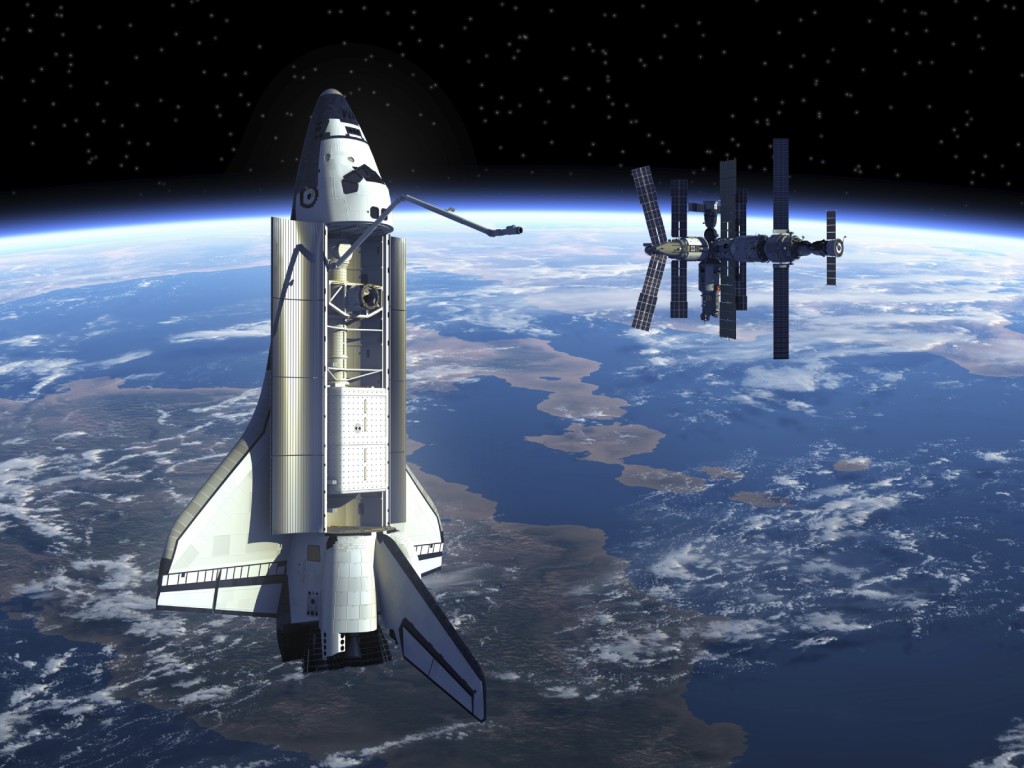Astronauts undergo extremely rigorous two-year training before going on missions to space. They learn to perform every single job and task, in case of any eventuality happening or disaster striking.
Although every mission is very well prepared, problems can occur that threaten the life of the astronauts in space. Their extensive training comes to the fore when these times happen, and they are able to quickly construct space hacks with only the items at their disposal and return home to earth safe and sound.
Apollo 13
On 13 April at around 9pm, the three-member crew of Apollo 13 were 200,000 miles away from Earth and two days into their mission. Mission controller Sy Liebergot noticed a low-pressure warning signal on a hydrogen tank in Odyssey. Astronaut Jack Swigert flipped the switch to perform a routine procedure to resettle the hydrogen, called “cryo stir”.
A few moments later, there was a loud bang that sounded throughout the spacecraft, and it began leaking oxygen to space. The astronauts were depending on the lander to complete their voyage, but it wasn’t designed to sustain three astronauts. They had to use canisters from the capsule to purify the air, but the square shape wasn’t designed to fit on the lander’s round fitting.
This air purifier contraption took one hour to build from only two lithium hydroxide canisters, plastic bags, covers from the flight plans, grey sticky tape, and a soggy sock. But it did the trick, and as soon as it was plugged in, the carbon dioxide levels began to fall. The astronauts kept calm through their situation and, by making use of what they had and with Houston’s engineers working furiously to aid them, were able to survive through their spacecraft leaking oxygen into space.
Mir Space Station
It was 25 June 1997 at around 2pm. Astronaut Vasili Tsibliyev was making the final adjustments to manually dock an unmanned supply craft sent from Earth to the Mir space station.
However, it had disappeared from view and, by the time Tsibliyev realised something was terribly wrong, it was too late. The supply craft crashed into Mir, sending a ripple throughout the space station and causing a sudden drop in pressure because of an air leak. Astronaut Aleksandr Lazutkin decided that the only way to save Mir was to seal off the Spektr module, which he believed had been struck and was causing the leak.
He pulled apart the connections on the cables of the module’s hatch and, when some wouldn’t give, resorted to a small dinner knife to cut through the rest of the cables and prevent a worse accident from happening.
Space Shuttle Discovery
In April of 1985, the crew of the Space Shuttle Discovery deployed the satellite Leasat-3, and watched it drift away. However, it was soon noticeable that its antenna hadn’t deployed. The crew didn’t want to abandon an $85 million satellite, so they constructed a device to poke the satellite and activate the lever to deploy the antenna.
They dubbed it the ‘fly swatter’; it was built from sticky tape, a metal pole, and clear plastic covers from spacecraft manuals. Astronauts Jeff Hoffman and David Griggs conducted a spacewalk to attach the ‘fly swatter’ to the robotic arm.
Astronaut Rhea Seddon attempted to release the antenna to no success; the satellite would only be released into orbit in August during another mission, as a new module was fitted and the satellite finally released.
Spacecraft are technological marvels, but they can sometimes malfunction. Astronauts have to rely on their engineering skills to get them through any emergency. Here on Earth, engineering skills are just as vital, and at Airedale we always ensure that our experts are highly-trained to guarantee the highest quality of our products. If you have any questions about our services, contact us on 01535 643456 to speak with our highly-skilled team.





